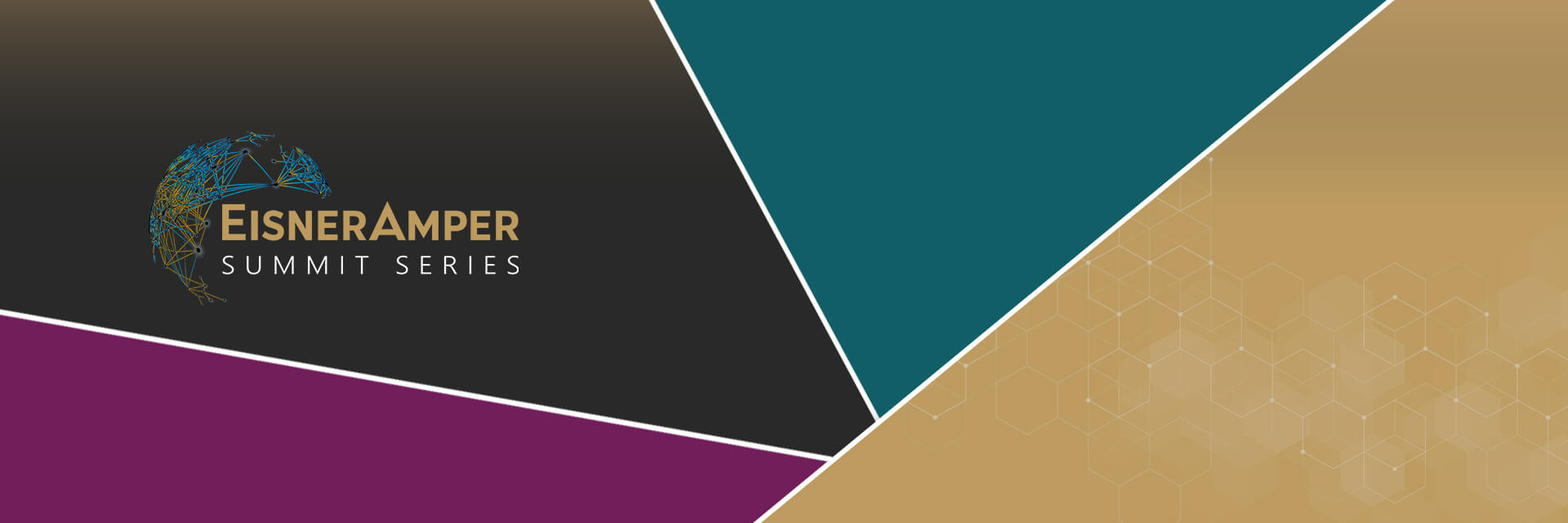
U.S. Health Care Today: The Industry, its Challenges and Opportunities
- Published
- Nov 1, 2019
- Topics
- Share
One of the sessions at the recent 2019 EisnerAmper Family Office Summit focused on the challenges and opportunities inherent in the current health care environment. Panelists Dr. Mehmood Khan, CEO and board member of Life Bioscience and Tina Freese Decker, president and CEO of Spectrum Health, joined moderator Timothy Speiss, partner and co-leader of the Personal Wealth Advisors practice of EisnerAmper for a session focused on providing better access to information on staying healthy; including information such as how to shop for food, prepare foods, and eat more nutritiously. One example is by using technology to provide online classes to educate children as young as elementary school age what to eat and what not to eat. Such access not only will provide someone with the right nutritional knowledge from a young age but also will result in prolonging one’s time period of being healthy rather than having chronically diseased longevity.
One of the challenges that we’re facing is the rising number of the aging population vs. the falling number of younger generations, which means that the aging population will have less human power to care for them. In addition to leaning on artificial intelligence to potentially assist with the lack of future caretakers, researchers are also focusing on ways to change the biology of the aging population to potentially manage the danger of exposure to chronic diseases that comes with longevity. Finally, to truly improve and manage chronic disease would potentially require a system wide change.
Another area discussed were the advances in DNA testing. Contrary to popular belief, DNA testing will only let a person know their genetic disposition. This would not necessarily predict what disease one will eventually suffer from.
There was also a discussion on government-provided medical plans such as Medicare and Medicaid as compared to private insurance. The panel discussed whether the two systems can co-exist and what problems it might cause. About 20% of the population is below the poverty line or they get their day-to-day support from charities.
It is a very exciting, ever-changing and yet challenging time in today’s health care. There is still much to be done, however, we are surely making progress towards providing better care and access to society.
Contact EisnerAmper
If you have any questions, we'd like to hear from you.
Receive the latest business insights, analysis, and perspectives from EisnerAmper professionals.











